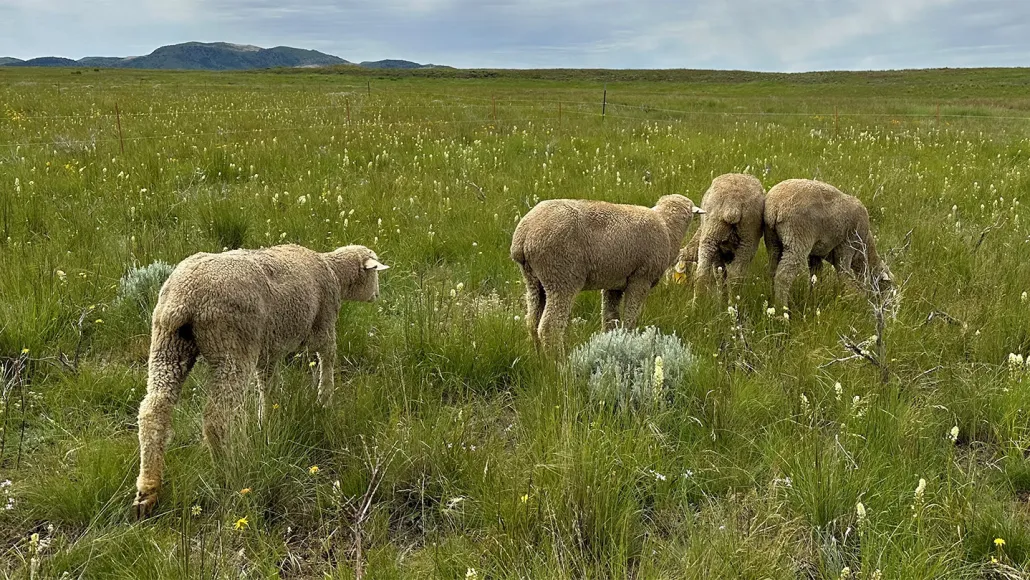A quick swab may tell ranchers if their livestock are eating a sinister salad on the range
Sheep Earwax Offers Clues to Deadly Diet Choices
A simple earwax swab can reveal if sheep have eaten dangerously poisonous plants, offering a promising tool for ranchers.
Researchers found that earwax from sheep that consumed death camas contains the plant’s toxins within days, according to a study published in the December 2024 issue of Toxicon. The discovery adds to the growing list of insights that earwax can provide, including those previously explored in humans (SN: 2/24/14).
Poisonous plants pose a serious risk to grazing livestock, including sheep and cattle, and identifying the source of toxicity can be a challenging task. Traditionally, this involves analyzing pasture plants or collecting blood samples from the animals—procedures requiring specialized training and equipment. Stephen Lee, an analytical chemist at the U.S. Department of Agriculture’s Poisonous Plant Research Lab in Logan, Utah, and his team are exploring earwax as a simpler alternative.
In their study, the researchers dosed sheep with alfalfa spiked with death camas toxins. The toxins were detectable in earwax within a few days, with concentrations peaking three days after ingestion and gradually declining over the next few weeks. Earwax samples from sheep grazing in pastures with death camas also tested positive for the toxins.
Lee explains that similar to how chemicals and drugs can accumulate in human and animal hair or sweat, earwax glands appear to secrete some toxins consumed by the animals.
This isn’t the first time the team has identified toxins from poisonous plants in livestock earwax. Their earlier work demonstrated the method’s effectiveness in cattle, and now they suggest it could help ranchers quickly identify toxic plants and narrow down specific pastures where the animals are being exposed.
By swabbing the wax of affected livestock, ranchers could detect toxic plants early and take steps to protect their herds, Lee says. The findings highlight earwax as a practical and efficient tool for managing livestock health and preventing losses caused by fatal forage.
